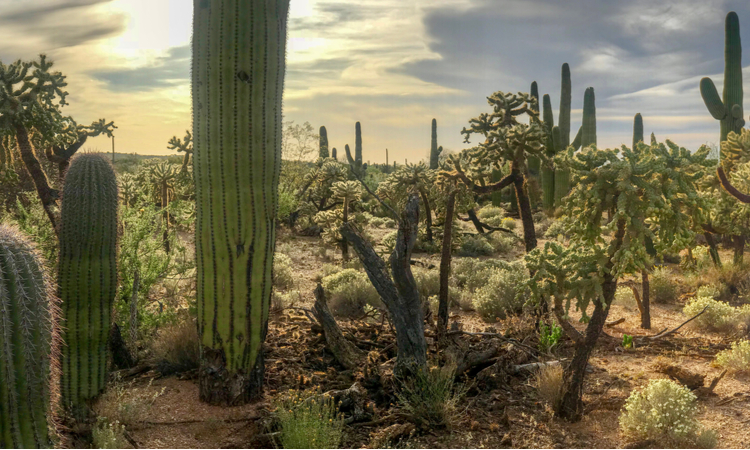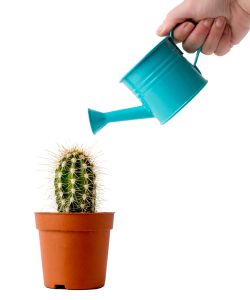Cactus Plastics — Truly Green Packaging
August 12, 2019

As states, nations and companies continue to ban certain types of plastics, the packaging industry is busy searching for eco-friendly alternatives to the ever-prevalent material. Some have abandoned plastic entirely and turned to reusable materials, while others are hard at work developing a greener future for plastics themselves. The latest advancement in bioplastics is definitely green… and a bit prickly, to boot!
Cactus plastics are about to become a reality thanks to researcher and chemical engineering professor Sandra Pascoe Ortiz. Pascoe Ortiz developed the breakthrough substrate after finding that the juice of prickly pear cacti contains the building blocks for plastics. Whodathunkit!
What’s so great about cacti as a packaging material? Well, aside from being a hilarious tool to punish wily coyotes, they’re 100% sourced from nature. That means plastic derived from cacti is fully edible! You probably won’t want to take a bite out of it —like you might with SCOBY packaging or seaweed packaging — but it does have its benefits. If cactus plastics end up in the wild, animals can safely eat them like they would any other plant. That’s a win for planet Earth.
Another strength of cactus plastic is its biodegradability. Cactus plastics have a shorter shelf life compared to its traditional counterparts, but it also decomposes much, much quicker. True plastic can take anywhere from dozens to hundreds of years to decompose on their own. Cactus plastics only take a month to break down in soil, or a couple days in water.

Ah, that’s the good stuff!
That short shelf life might sound like a sticking point (or a prickling point, if you’ll pardon the pun). On the contrary, it might prove to be a great way for cactus plastics to find their niche in the plastic economy. “We are thinking of products that are disposable, single-use, or that do not need to be durable,” says Pascoe Ortiz. A short-lived straw made from cactus plastic might be a perfect, sustainable replacement for Starbucks!
Plastic’s strength as a packaging material has always been its versatility. It can be rigid or malleable, strong or flimsy, and fit in almost any application you could imagine. We’re already beginning to see how bioplastics are following in their predecessor’s footsteps. Cactus plastic is just one more tool in the Swiss Army knife of this new category of packaging materials.
At Ernest we’re always excited to see new advancements in packaging materials. See how we use cutting-edge materials to deliver sustainable solutions for our clients!


